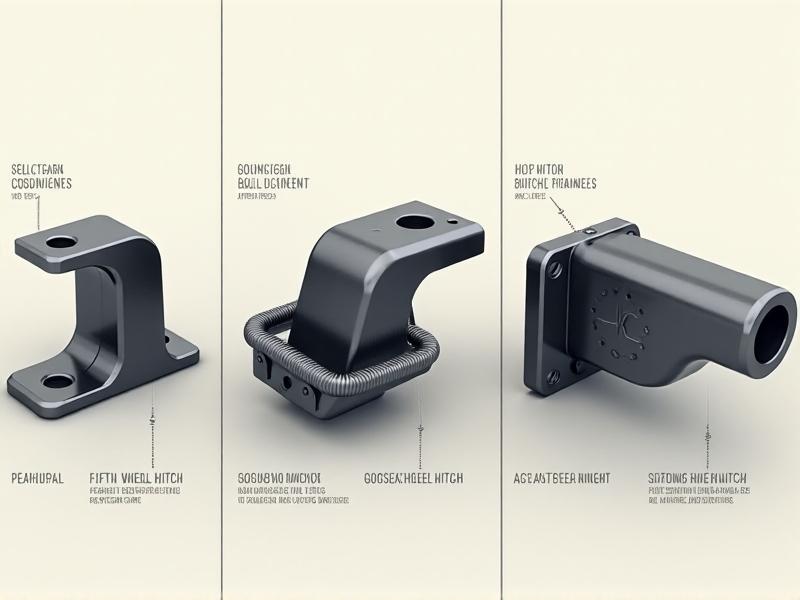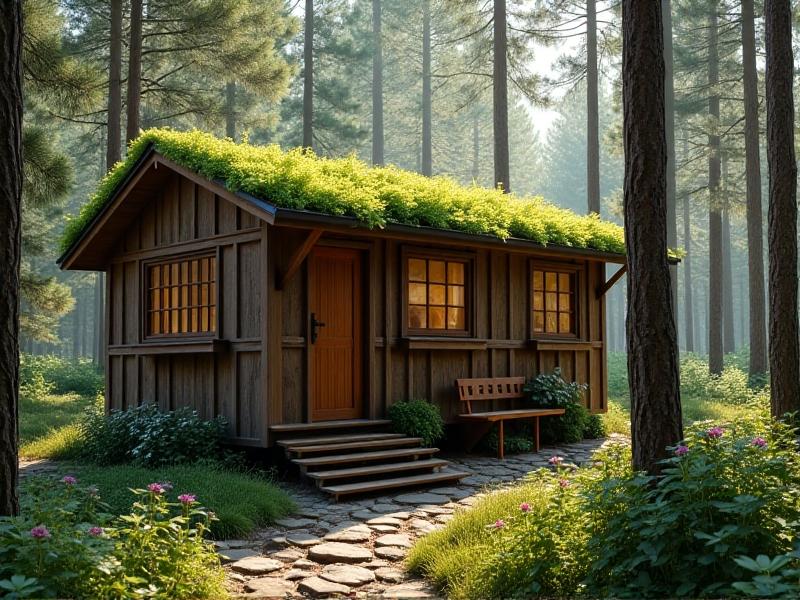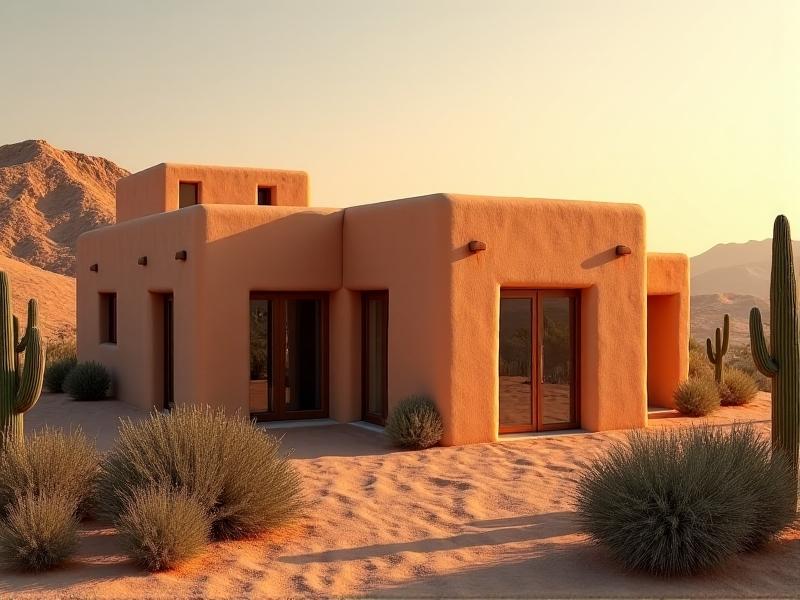Privacy Solutions in Cluster Communities
Understanding Privacy Challenges in Cluster Communities
Cluster communities—such as apartment complexes, townhomes, and gated neighborhoods—offer shared amenities and social connectivity, but their close-knit layouts often pose unique privacy challenges. Residents contend with proximity to neighbors, shared walls, and communal spaces that blur the lines between public and private life. Noise pollution, visual intrusions, and limited personal space rank among the top concerns. Addressing these issues requires a balance between fostering community spirit and safeguarding individual privacy. To tackle this, architects, urban planners, and residents must collaborate on innovative solutions tailored to clustered living environments.
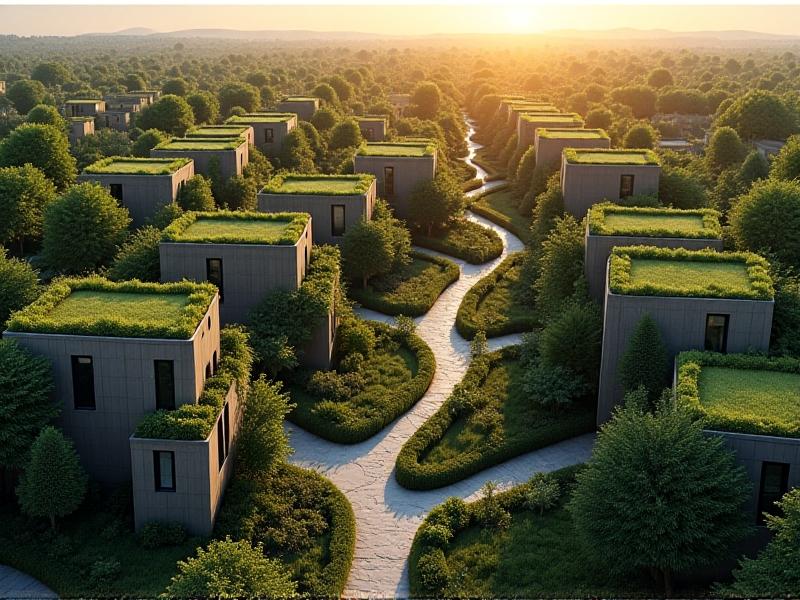
Architectural Innovations for Enhanced Privacy
Design plays a pivotal role in mitigating privacy issues. Strategic window placement, frosted or tinted glass, and staggered building heights minimize direct sightlines into neighboring units. Soundproof materials in walls and floors reduce noise transmission, while private balconies or courtyards enclosed by screens or vertical gardens create secluded retreats. For example, staggered terraced housing designs ensure each unit has unobstructed views without compromising neighbors' privacy. Architects increasingly integrate modular layouts that prioritize individual zones while maintaining a cohesive community aesthetic.
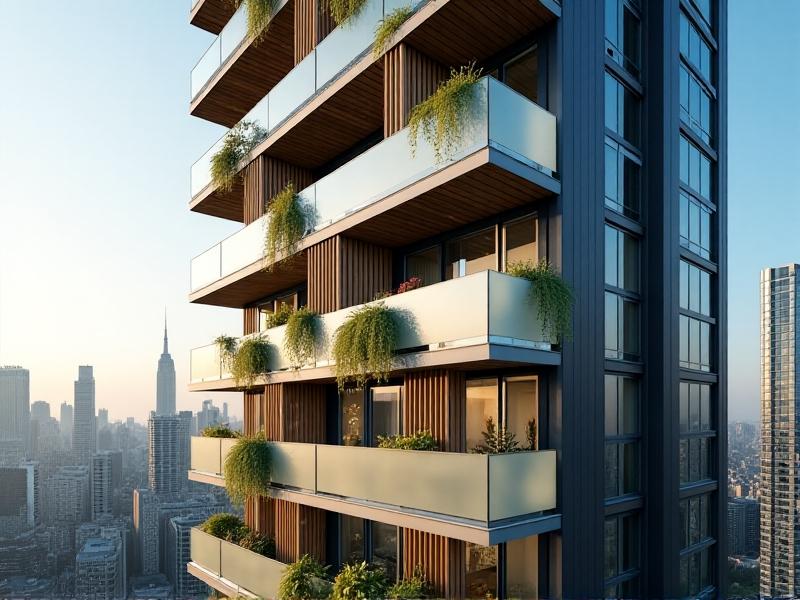
Landscaping and Natural Barriers as Privacy Tools
Green infrastructure serves dual purposes: enhancing aesthetics and providing privacy. Tall hedges, bamboo screens, or trellises covered in climbing vines act as natural partitions between homes. Deciduous trees offer seasonal shade and visual screening, while water features like fountains mask ambient noise. Cluster communities in urban areas often use tiered planters or green walls to separate outdoor seating areas. Landscaping also fosters a sense of tranquility, making it a cost-effective and sustainable solution for residents seeking both privacy and connection to nature.

Smart Technology for Discreet Monitoring
Advancements in smart home devices empower residents to monitor their surroundings discreetly. Motion-activated cameras with privacy zones, smart blinds controlled via apps, and audio systems that mask conversations are growing in popularity. AI-powered sensors can detect unusual activity without recording video, addressing privacy concerns. For shared spaces, encrypted access systems and virtual "do not disturb" indicators help residents manage interactions. These technologies provide peace of mind while respecting the collective ethos of cluster communities.
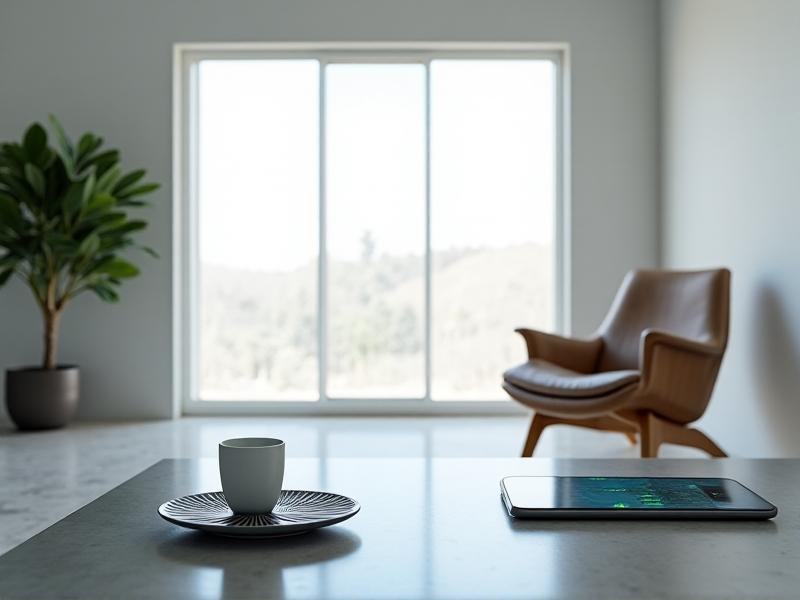
Community Policies and Boundary Negotiation
Clear guidelines are essential for harmonizing privacy and community living. Homeowners' associations (HOAs) can establish rules for noise levels, shared space usage, and exterior modifications. Mediation programs help resolve disputes over boundaries or intrusive behaviors. Transparent communication channels, like community apps, enable residents to voice concerns without confrontation. For instance, designated quiet hours or rules for outdoor lighting direction prevent unintentional intrusions. Successful policies balance enforceability with flexibility to adapt to residents' evolving needs.
Hybrid Solutions: Blending Design and Behavior
The most effective privacy strategies combine physical design with behavioral norms. For example, staggered outdoor seating areas paired with community agreements on noise create layered privacy. Semi-private zones, such as roof decks with partitioned seating, encourage socialization while respecting personal space. Educational workshops on digital privacy and neighborly etiquette further reinforce these efforts. By integrating multiple approaches, cluster communities can cultivate environments where privacy and camaraderie coexist seamlessly.
Future Trends in Cluster Community Privacy
Emerging trends include biometric access systems that eliminate shared keys and AI-driven spatial planning tools optimized for privacy. Eco-conscious materials like hempcrete for soundproofing and dynamic glass that tints on demand are gaining traction. Decentralized energy grids and water systems may also reduce reliance on shared infrastructure, minimizing neighborly friction. As urbanization intensifies, the demand for innovative privacy solutions in clustered living will continue to shape architectural and social paradigms.
